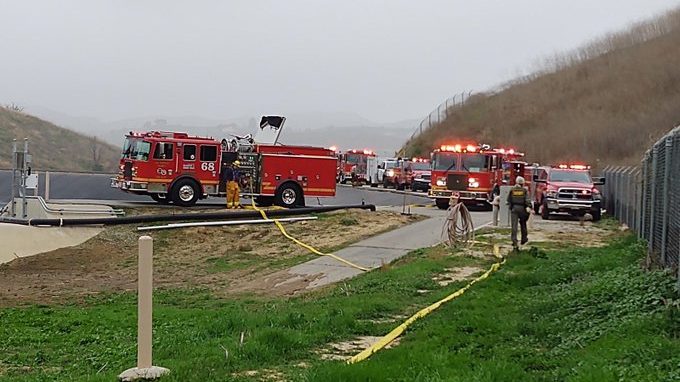My take:
Double engine failure is unlikely. Given the fire, it doesn't look like they were out of fuel.
There have been cases with this aircraft of crap plugging the servo valves which removes the ability of the pilot to control the rotor. This could be applicable again.
Most likely seems to be VFR into IMC with loss of control afterwards. I would hope the pilot was rated and comfortable with IFR, but who knows.
680news published a more complete list of the victims. That is the eight reported passengers accounted for, I haven't seen the pilots name.
CALABASAS, Calif. — The helicopter carrying Kobe Bryant and eight others that crashed into a rugged hillside outside Los Angeles was flying in foggy conditions considered dangerous enough that local police agencies grounded their choppers. The helicopter plunged into a steep hillside at about...

www.680news.com
Among those killed in the crash were John Altobelli, 56, longtime head coach of Southern California’s Orange Coast College baseball team; his wife, Keri; and daughter, Alyssa, who played on the same basketball team as Bryant’s daughter, said Altobelli’s brother, Tony, who is the sports information director at the school.
Costa Mesa Mayor Katrina Foley tweeted that the dead also included Christina Mauser, a girls basketball coach at a nearby private elementary school. Her husband, Matt Mauser, founded the Tijuana Dogs, a popular Orange County band. In a Facebook post he said: “My kids and I are devastated. We lost our beautiful wife and mom today in a helicopter crash.”

www.google.ca
















